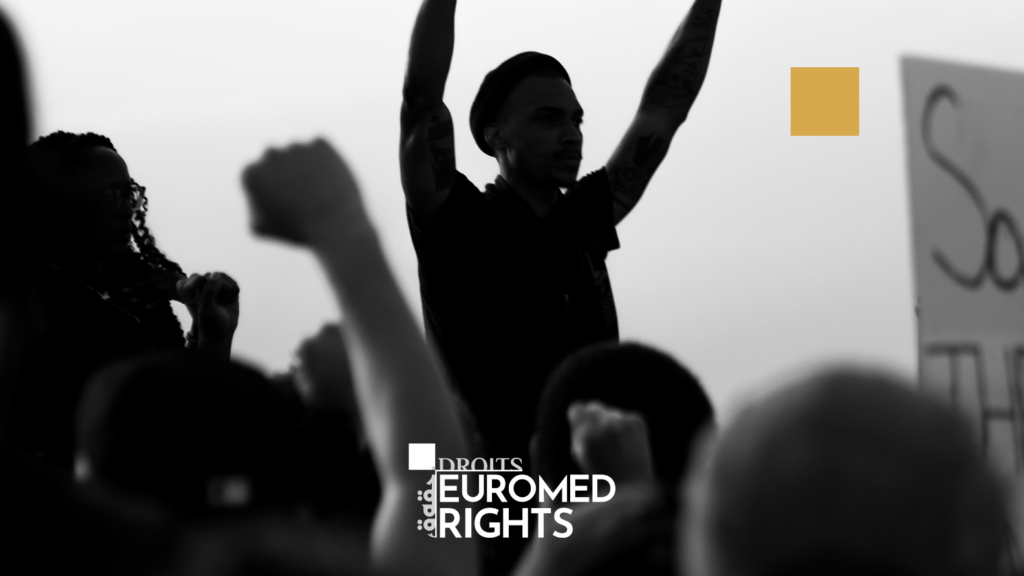For the full guide, kindly see the Gender Media Guide
In a bid to contribute to progressive media coverage of the role of women during transitions phases in the Arab world, the Euro Mediterranean Human Rights Network (EMHRN) published today a practical guide for Media professionals. This practical guide titled “Where are the Women?: A practical Guide for media professionals covering the political transitions in the Arab World”[1], comes as a response to the biased media discourse on gender equality in the region influenced by conservative political and religious trends and marked by hostility to women’s rights.
The EMHRN regrets that media coverage of women in these crucial times, in which women suffer marginalization and increasing gender based violence, has conveyed and reiterated an unbalanced portrayal of women and men.
Media stereotypes of women were used by extremist religious groups as a tool to inflame public opinion. Media and extremist blogs and web-sites have been used to incite violence and harassment against women protestors and to ostracise progressive women who do not submit to certain codes of dress and behaviour.
More than ever a progressive media discourse that challenges sexist stereotypes is needed. Media professionals should uphold their responsibilities to influence public opinion by ensuring women’s visibility and making their voices heard.
Bahiga Hassan Egyptian writer and journalist said about the guide “The guide was designed to fulfil the needs of media professionals, no matter which tools and means they use to deliver their messages. The guide also offers an academic approach that would be used not only to monitor or deal with a historic moment, but also as a methodology that sets the steps and basic rules for gender mainstreaming in the media in general as an essential community issue.
The guide also projects the responsibilities of media officers vis-a-vis the media message, as it raises many questions to be answered through brainstorming, and which allows for creative thinking throughout the media action according to the context. It also sets rules and steps to the path that ought to be followed to achieve the target (gender mainstreaming) in the media message. The guide then establishes a set of observations regarding the shortcomings of the media message, and develops methods to remedy and rectify these gender-related shortcomings.
On the international human rights day, the EMHRN would like to contribute to building a progressive media discourse with this Guide to influence the public’s perception of women’s significance in shaping reforms in society, women’s status as credible leaders and experts in their fields, and women as sources for reliable information and thoughtful opinion.
[1] This guide of 38 pages is the result of a joint effort between the Women’s Rights and Gender Equality working group and the Communication Department of the Euro-Mediterranean Human Rights Network (EMHRN) as well as Lesley Abdela, who was commissioned to research and write this guide.

